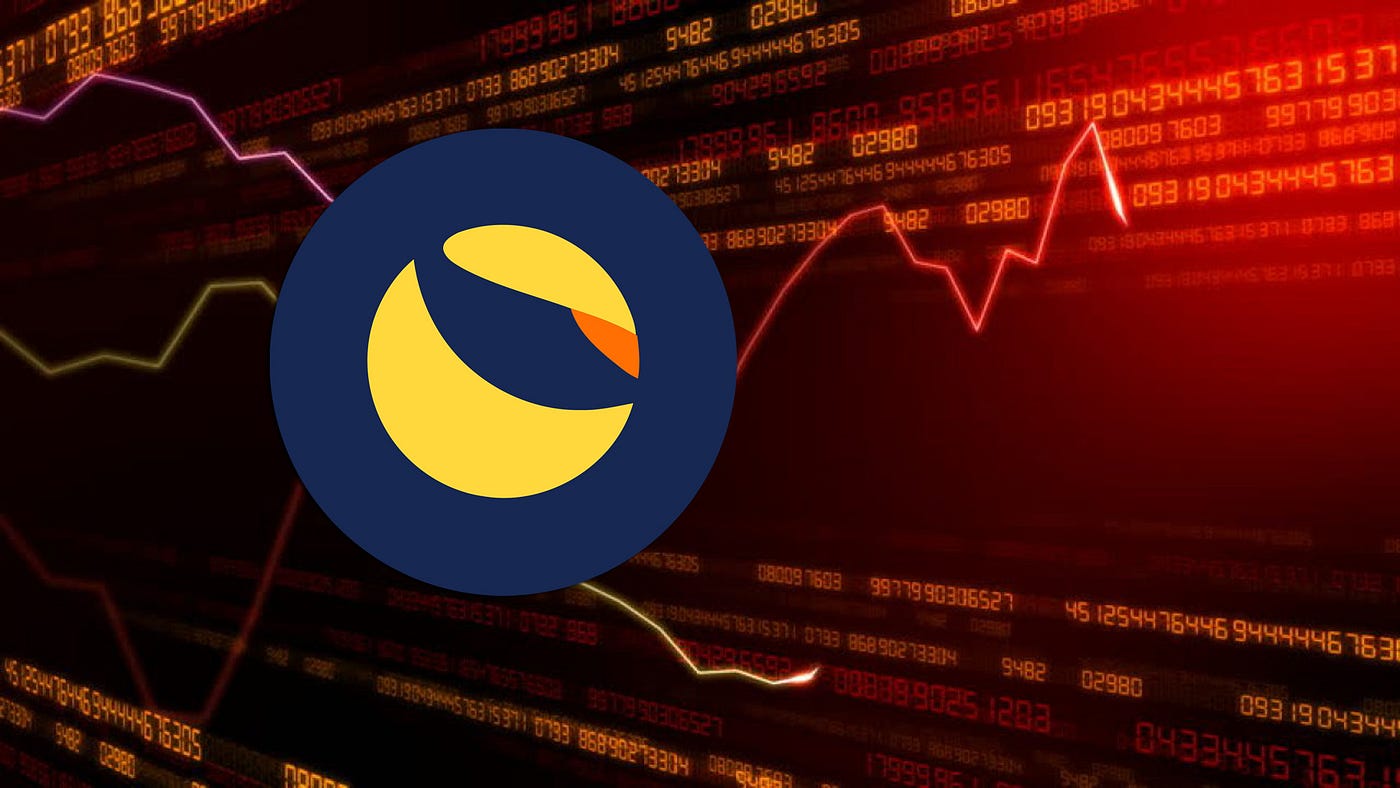Terra’s Luna: Analyzing the Rise and Fall of a Cryptocurrency Phenomenon
Cryptocurrencies have long been hailed as disruptive innovations in the financial world, but few have experienced the meteoric rise and precipitous fall that Terra’s Luna witnessed. Once lauded as a game-changer in decentralized finance (DeFi), Luna’s trajectory reveals not just the potential but also the vulnerabilities of blockchain projects. 
This article delves into the key elements that propelled Luna to fame and the factors that ultimately led to its downfall.
The Genesis of Terra and Luna
Terra was conceived with the ambitious goal of creating a decentralized financial ecosystem that could rival traditional payment systems. At its core was the Terra blockchain, powered by two interconnected tokens:
Luna and TerraUSD (UST). Understanding these tokens and their interplay is essential to comprehending the rise and fall of Luna.
- Luna Token: Luna served as the backbone of the Terra blockchain. It was designed to absorb price volatility and stabilize the value of Terra’s stablecoin, UST.
- TerraUSD (UST): UST was an algorithmic stablecoin pegged to the US dollar. Unlike traditional stablecoins backed by fiat reserves, UST’s stability was maintained through an algorithmic mechanism tied to Luna’s supply and demand.
The dual-token system was revolutionary but inherently risky. Luna’s value was closely tied to the demand for UST, creating a feedback loop that could either sustain or destabilize the entire ecosystem.
Factors Behind Luna’s Meteoric Rise
Several factors contributed to Luna’s rapid ascent in the cryptocurrency market. From innovative technology to strong market adoption, Luna became a symbol of DeFi’s potential.
- Innovative Algorithmic Design:
- Terra’s algorithmic approach to maintaining UST’s peg was a major selling point.
- Users could mint UST by burning Luna, creating a mechanism that encouraged token scarcity and price appreciation.
- Wide Adoption in DeFi:
- Terra’s ecosystem boasted applications like Anchor Protocol, which offered high yields for UST deposits.
- These incentives attracted significant capital, driving up demand for Luna.
- Strong Community and Marketing:
- Terra’s developers and backers cultivated a loyal community, often referred to as "Lunatics."
- Aggressive marketing campaigns and strategic partnerships amplified its appeal.
- Market Momentum:
- The broader bull market in 2021 further fueled Luna’s rise as investors sought high-growth opportunities.
- Luna’s price skyrocketed, turning it into one of the top cryptocurrencies by market capitalization.
The Collapse: Unraveling the Weaknesses
Despite its initial success, Terra’s ecosystem was fragile. A series of events exposed systemic flaws, leading to one of the most dramatic crashes in crypto history.
- Overreliance on Algorithmic Stability:
- UST’s peg relied on market confidence and the arbitrage mechanism involving Luna.
- In May 2022, a significant de-pegging event caused UST to lose its dollar parity.
- As UST’s value plummeted, the system required massive Luna issuance to stabilize it, leading to hyperinflation.
- Lack of Collateral Backing:
- Unlike reserve-backed stablecoins, UST lacked tangible collateral.
- This made it vulnerable to speculative attacks and loss of investor confidence.
- Anchor Protocol Dependency:
- Anchor Protocol’s unsustainably high yield rates (up to 20%) created an artificial demand for UST.
- When yields became unsustainable, users withdrew funds en masse, exacerbating the crisis.
- Market Panic and Liquidity Crisis:
- The sudden collapse triggered panic among investors, leading to massive sell-offs of both UST and Luna.
- The resulting liquidity crisis spiraled out of control, eroding billions of dollars in market value within days.
Lessons Learned from Terra’s Downfall
The rise and fall of Terra’s Luna offer invaluable lessons for the cryptocurrency industry, developers, and investors.
Understanding these lessons is crucial for preventing similar failures in the future.
- Algorithmic Stablecoins Require Robust Safeguards:
- The failure of UST highlights the limitations of purely algorithmic stabilization mechanisms.
- Future stablecoins must incorporate collateralization or other safety measures to ensure resilience.
- Sustainability Over Rapid Growth:
- High-yield incentives like those offered by Anchor Protocol may attract users, but they can also create unsustainable growth.
- Ecosystems should focus on long-term sustainability rather than short-term gains.
- Transparent Risk Management:
- Terra’s lack of transparency regarding risks contributed to its downfall.
- Developers and platforms must prioritize risk disclosures and robust governance structures.
- Market Sentiment Is Crucial:
- Confidence is a key driver of value in cryptocurrencies.
- Once confidence erodes, recovery becomes nearly impossible, as seen with UST and Luna.
Conclusion
Terra’s Luna was more than just a cryptocurrency; it was a phenomenon that captivated the imagination of investors and developers alike. Its rise showcased the immense potential of DeFi, while its fall underscored the inherent risks of innovative yet untested mechanisms. As the cryptocurrency market continues to evolve, the lessons from Luna’s collapse will undoubtedly shape the future of blockchain technology.
- CoinDesk on Terra’s Collapse
- Decrypt’s Analysis of UST and Luna
- Anchor Protocol Review
- Binance Blog: Terra and Luna Explained
- Messari’s Terra Report
- CoinTelegraph on DeFi Risks
- The Block’s Market Analysis
- Investopedia’s Guide to Algorithmic Stablecoins
- Medium: Lessons from Terra’s Fall
- Yahoo Finance Coverage






































